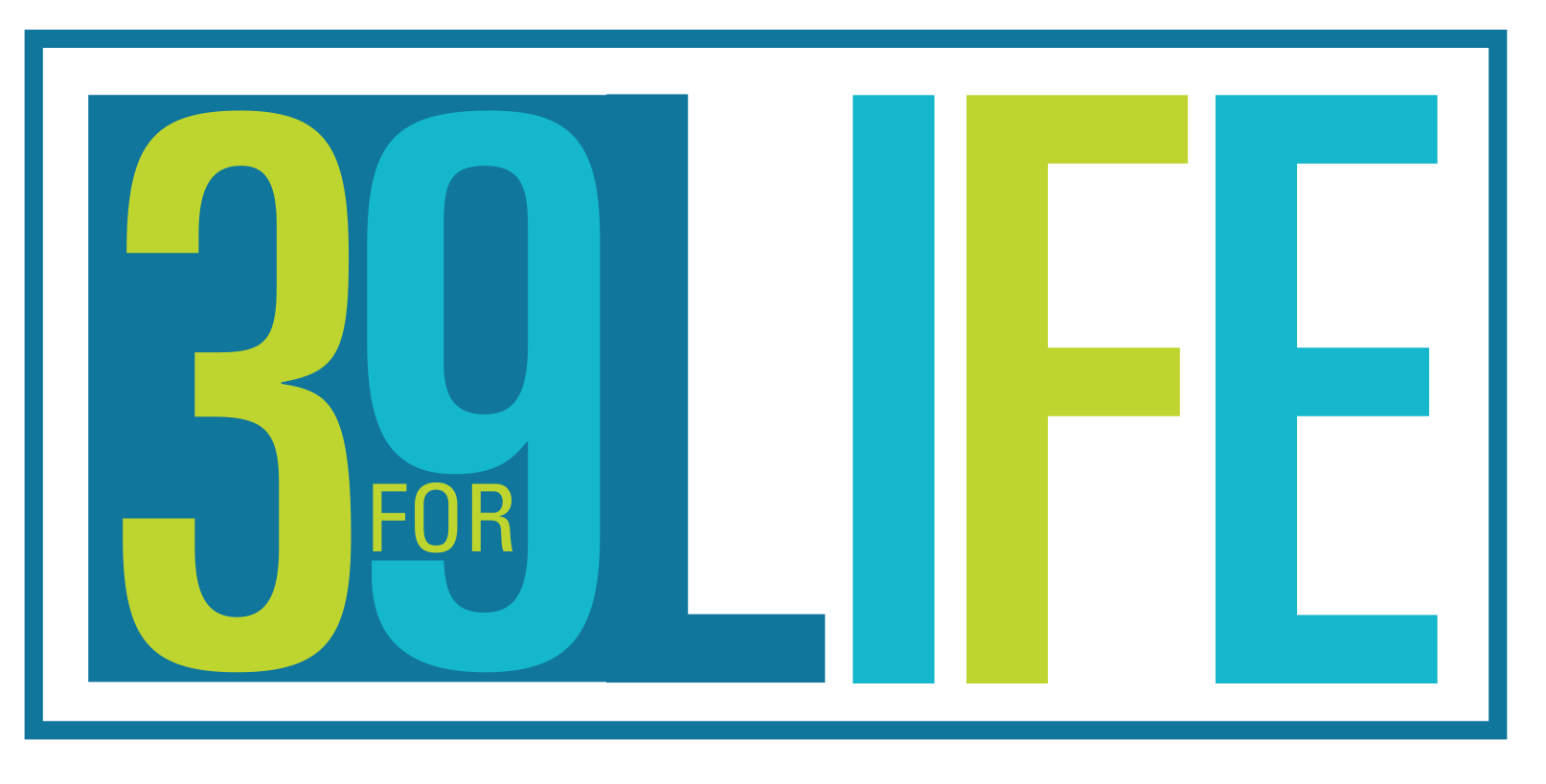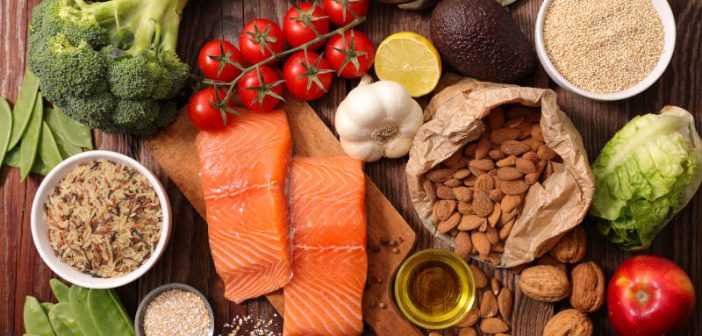Are you as confused as I am about eating fat? It seems like there are new rules every day.
First, all fat was seen as bad. (Yes, I tried the no-fat diet and gained weight on Snackwells.) Then, some fat was seen as possibly good for you. All of a sudden, there are different kinds of fats, all with long names I don’t understand and varying benefits and consequences.
With scientific advancements, advice can and does change over the years. Fat is a frequent flyer when it comes to dietary advice, and for good reason. More than 60 percent of Americans eat more fat than is recommended.
Eating right may be confusing if you don’t know the difference between fats and which kinds you should eat, so here is a rundown on the fats you might find in your food.
Trans fats
If there’s one fat you should try to avoid entirely, it’s trans fat. This kind of fat doesn’t have any benefits for your body, and it does a number on your cholesterol. Not only does it raise bad (LDL) cholesterol, but it lowers good (HDL) cholesterol. It is possible to consume trans fat naturally in food like meat and dairy, but you will most likely find it in processed and fried food as partially hydrogenated oil.
“Foods with trans fats can be very appealing, but giving in to these temptations won’t do your heart any favors,” says Long Pham, dietitian at St. Francis Pavilion Skilled Nursing and Rehabilitation. “Stay away from foods high in trans fats—like deep-fried indulgences—to help keep your cholesterol at healthy levels.”
Saturated fat
Unlike trans fat, saturated fat can easily be found naturally in many foods. However, that doesn’t mean it is good for you. Saturated fat also raises your LDL cholesterol levels, which increases your risk for heart disease. The American Heart Association recommends limiting your daily intake of saturated fat to about 5 percent of your daily calories. Saturated fat is typically solid at room temperature, so you might recognize it in butter, fat from beef, and other sources.
Unsaturated fat
Unsaturated fats are the ones you should be trying to use in your cooking rather than saturated fat. Polyunsaturated and monounsaturated fats are liquid at room temperature and include oils like olive oil, avocado oil, peanut oil, and others. Substitute these healthier fats for butter when you are sautéing vegetables, but don’t use them for deep-frying. That cooking method isn’t healthy, no matter which way you look at it.
Omega-3 fatty acids
Omega-3 fatty acids are the one kind of fat you don’t need to feel guilty about. These fats are actually good for you, fighting heart disease and inflammation and even helping to prevent depression. Find these fats in oily fish, nuts and seeds, and dark, leafy vegetables.
Figuring out what fat you can eat might be confusing, but it is a lot easier if you know the difference between the options. Some fat is good for you, but that doesn’t give you license to eat as much of it as you want. Keep your fat intake to less than 25 to 30 percent of your daily calories, and fill that quota with unsaturated fats and omega-3 fatty acids when you can. A little of the right fat can go a long way.
A version of this article was published by the Daily Herald. It has been republished here with permission.




